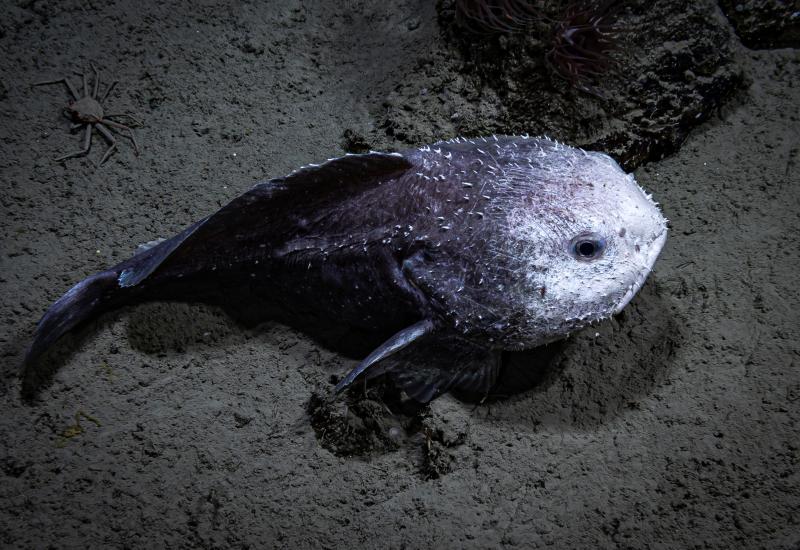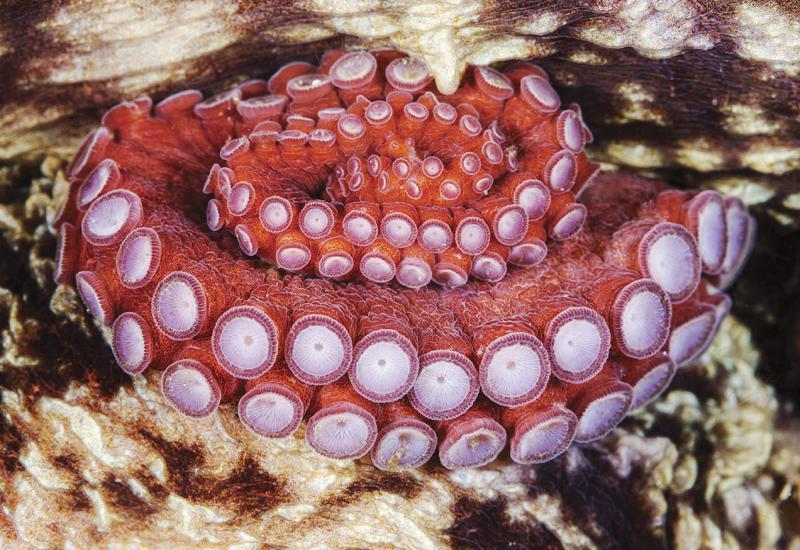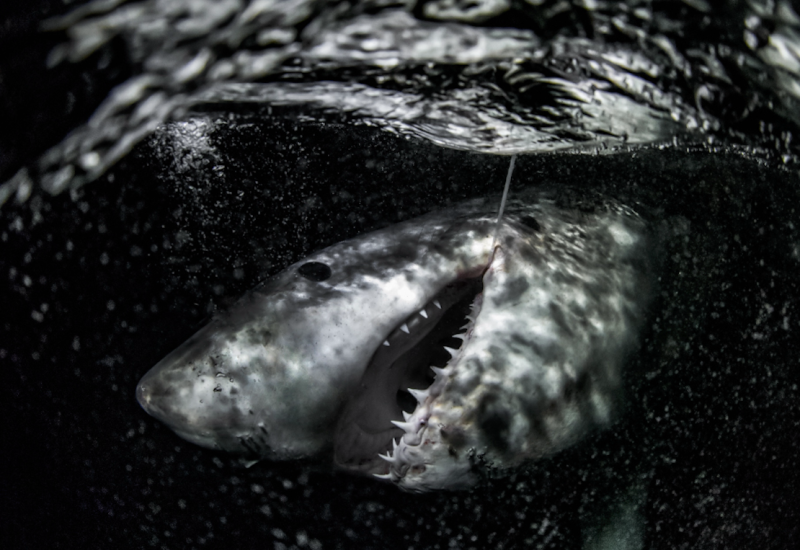8 Fascinating Facts About the Moray Eel
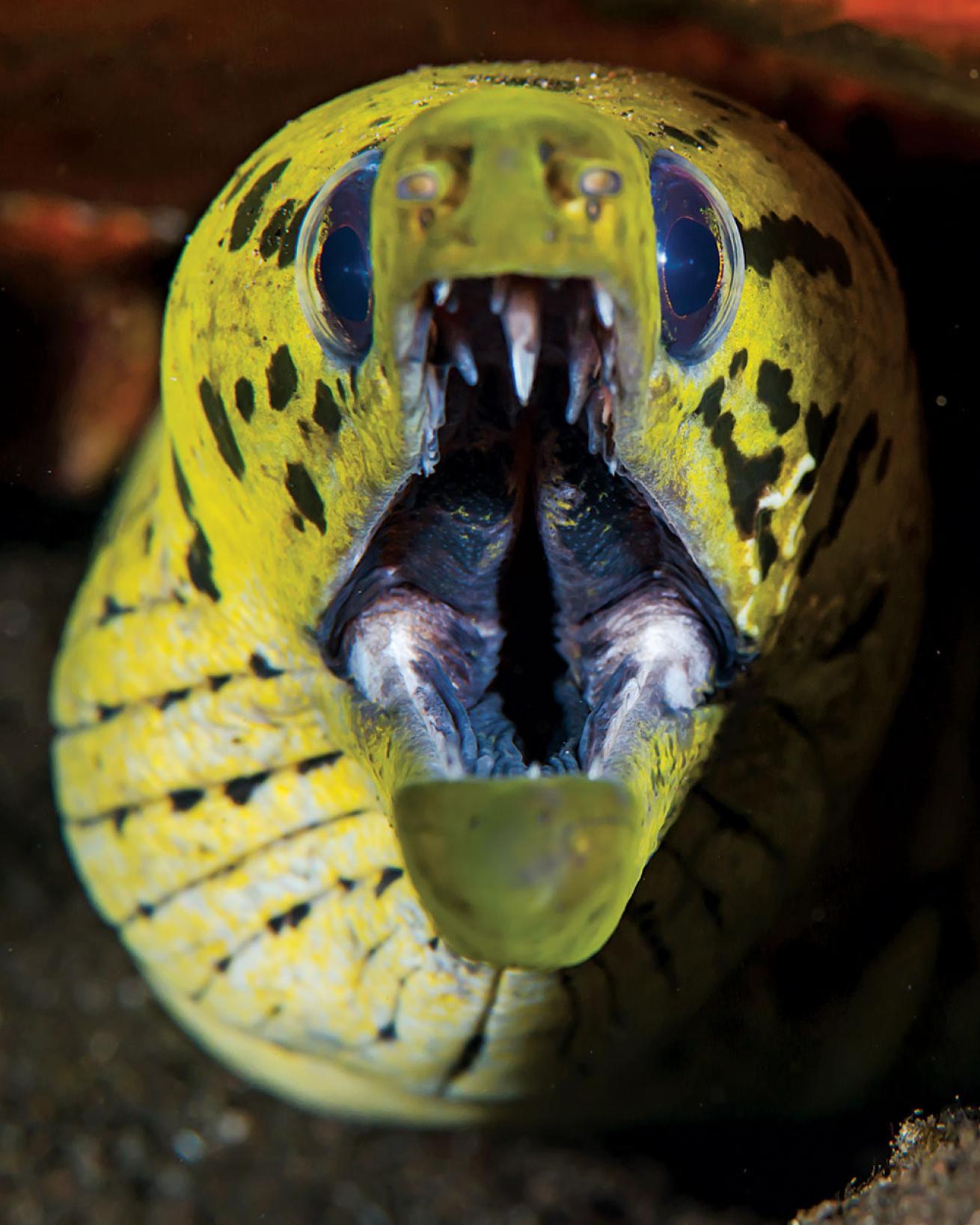
Stephen WongThese slippery fish delight divers with their fluid movements, fearsome teeth and, sometimes, exquisite patterns.
Whether they’re peeking out from crevices in the reef, weaving swiftly through the water column or hiding in the nooks and crannies of a wreck, moray eels are a welcome — and sometimes common — sight for divers around the world. In all, there are about 200 species of moray eels. Here are some interesting facts about these fascinating fish.
1) Moray eels have two sets of jaws, à la Ridley Scott’s horror creation in Alien. Rather than use suction to consume food as most fish do, moray eels use a hidden pair of pharyngeal jaws to thrust forward and grasp the prey once it’s been trapped by the eel’s oral jaws. The moray’s oral teeth are pointed backward so prey have a tough time escaping.
2) Researchers from the University of Western Australia witnessed a laced moray eel tie itself into a knot in order to extract food from a bait bag, while another eel used its own knot as a paddle to gain better control over the bag.
3) Green moray eels aren’t really green at all. That greenish hue is a result of the mucus covering the eel’s scaleless skin. This secretion contains toxins that help protect it from disease and unwanted parasites.
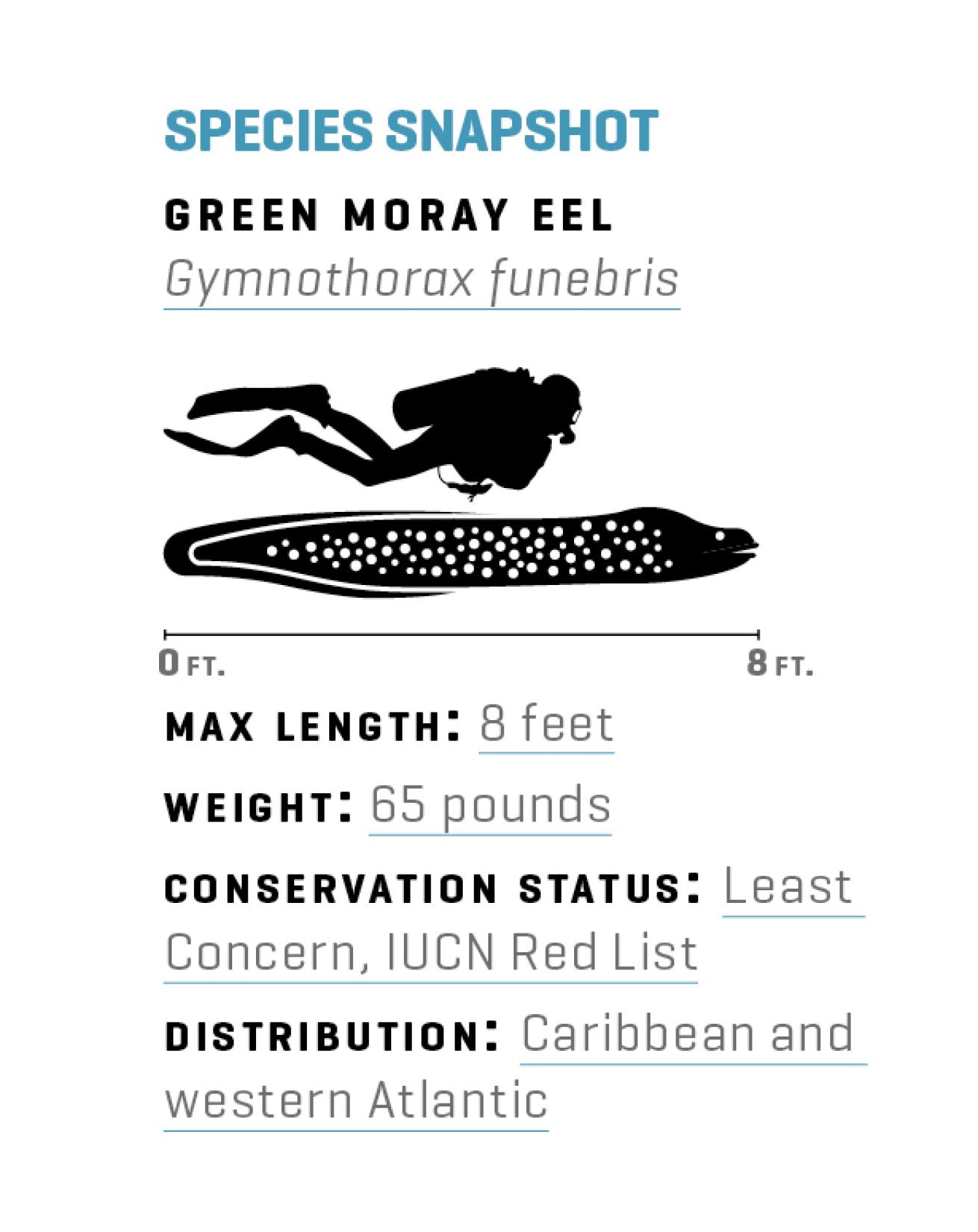
Scuba DivingThere are about 200 species of moray eels.
4) Divers will often spot morays in a menacing pose, with mouths agape and teeth bared. But this is harmless; the eel is simply allowing water to flow through the oral cavity and over its gills to access oxygen.
5) With a diet consisting mainly of small fish, octopuses, squid and crabs, moray eels are carnivorous ambush hunters. Research shows that they can also hunt in tandem with other species such as grouper and coral trout. Eels will draw prey out of hiding and feast on the leftovers after the other fish attacks.
6) Chain moray eels can leave the water for up to a half-hour in order to hunt crabs in and around tidal pools.
7) Morays are known to be aggressive, and their bite can injure divers. These eels are territorial — some species’ territory extends over several miles — but usually attack only when they feel threatened.
8) Moray eels are primarily nocturnal. Some species also enter brackish-water areas such as tidal creeks and mangrove forests.

